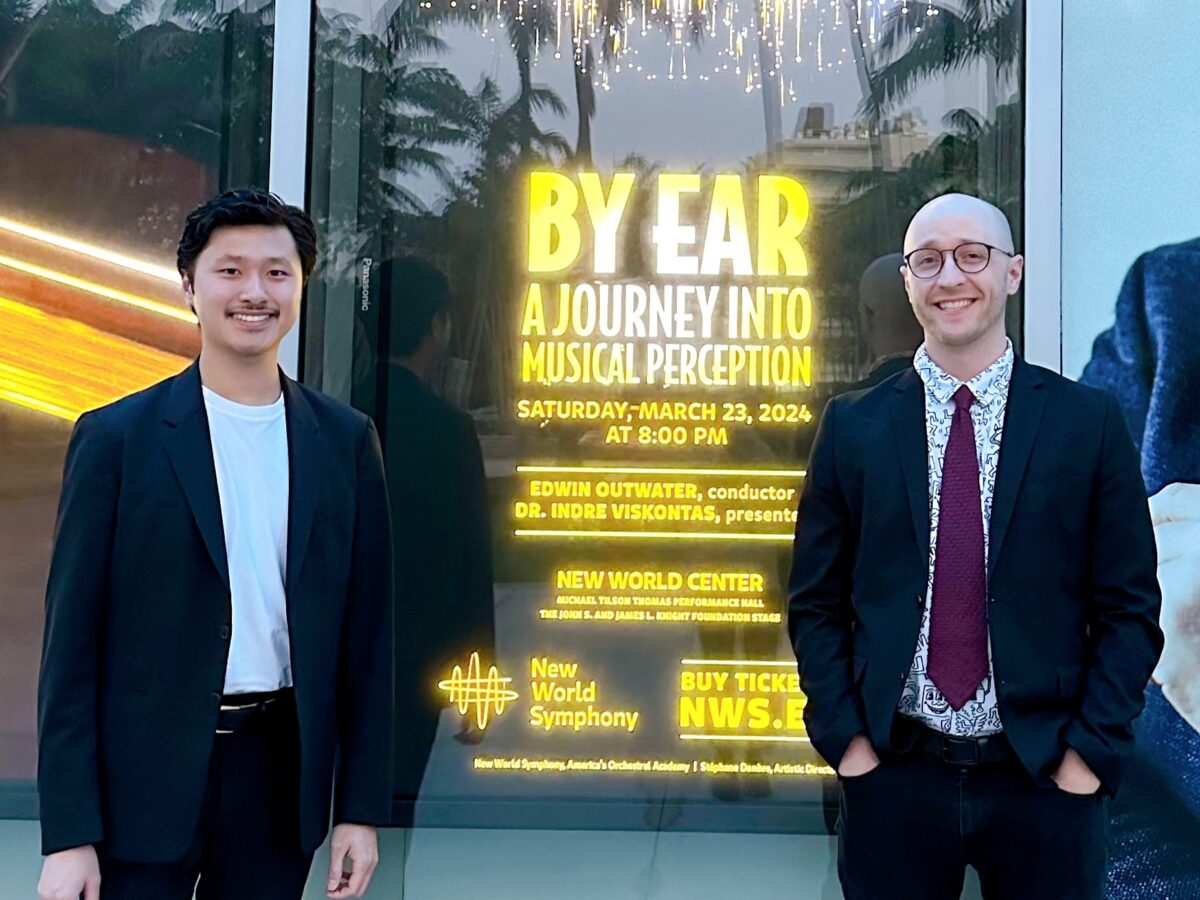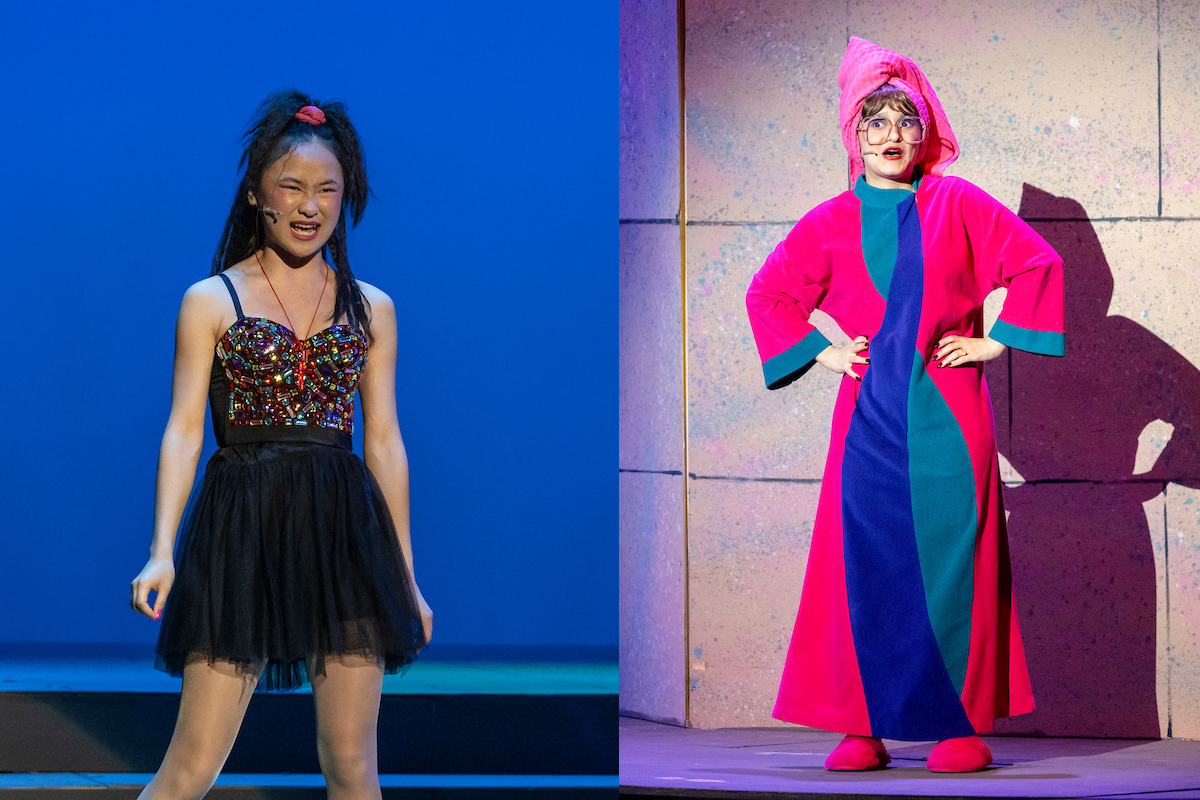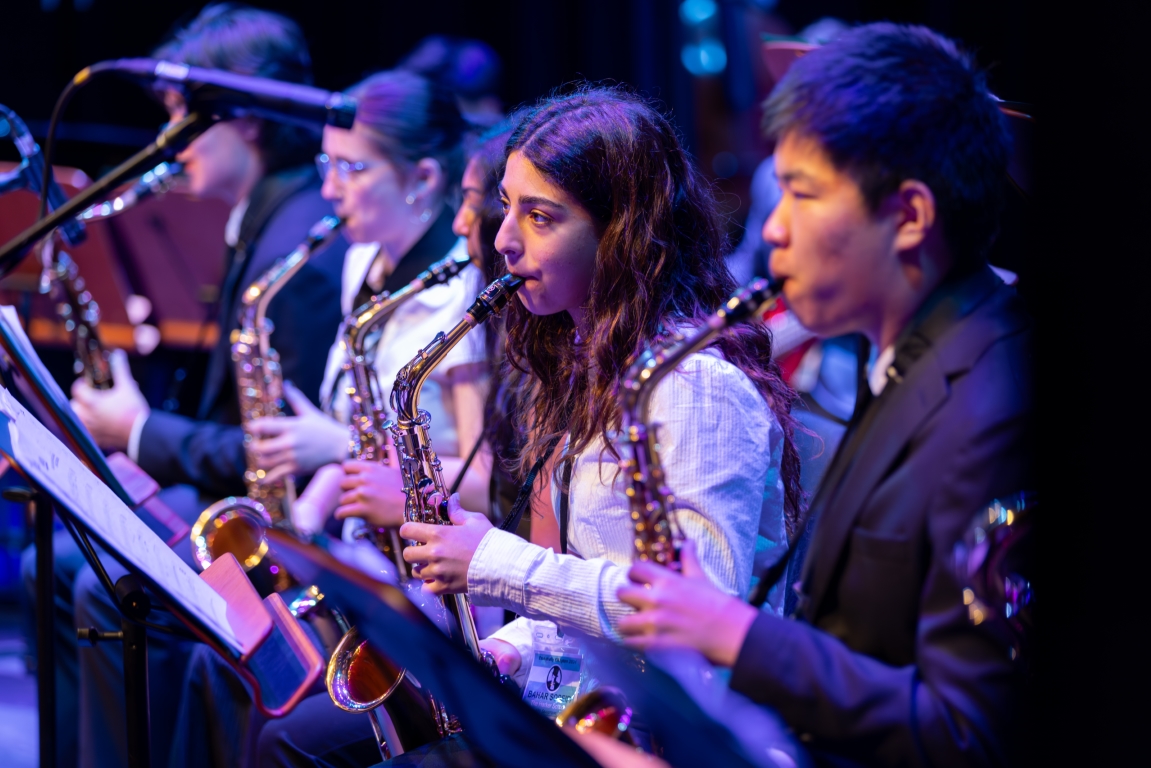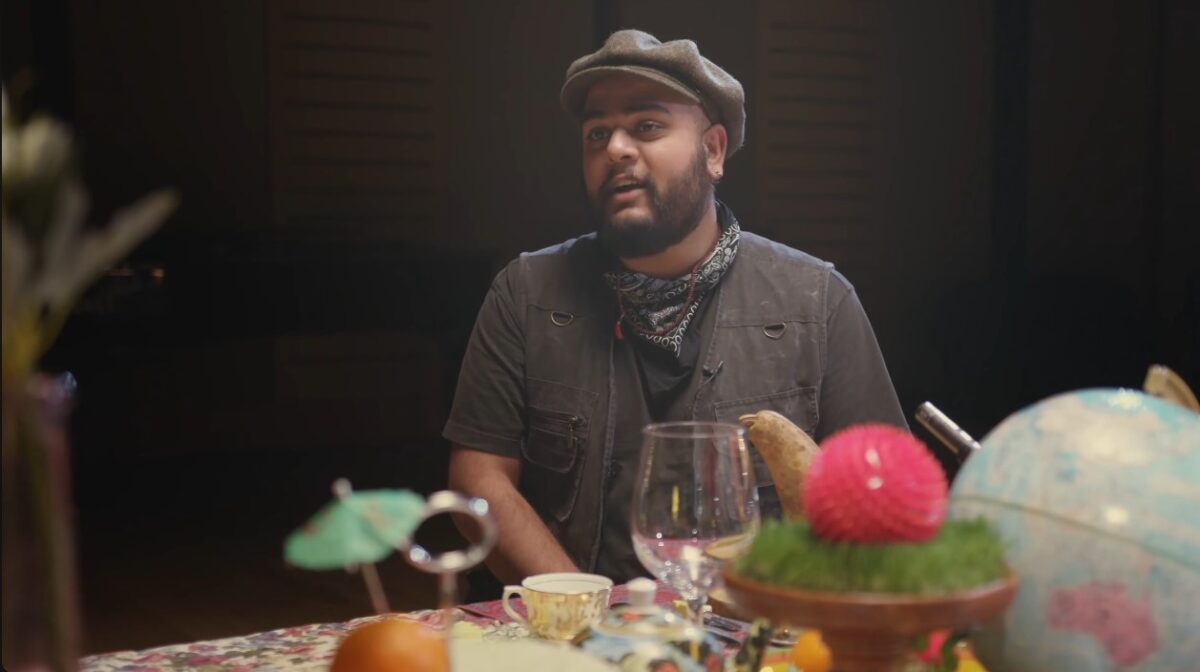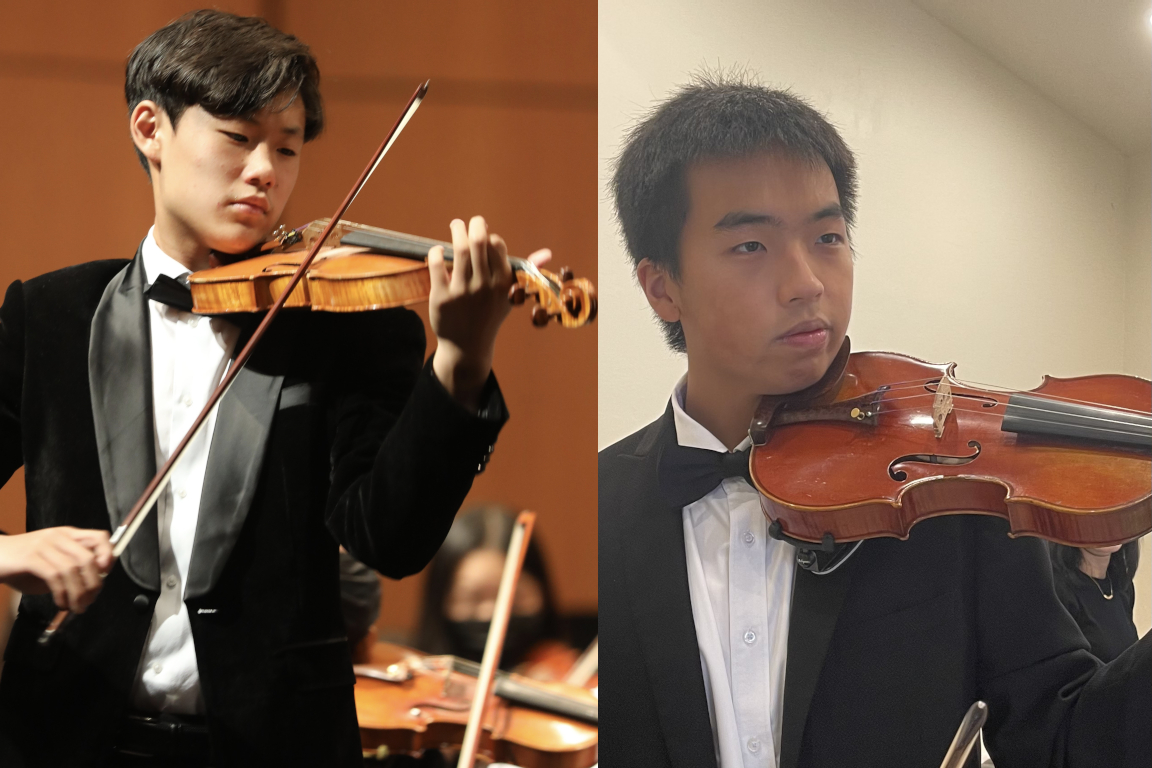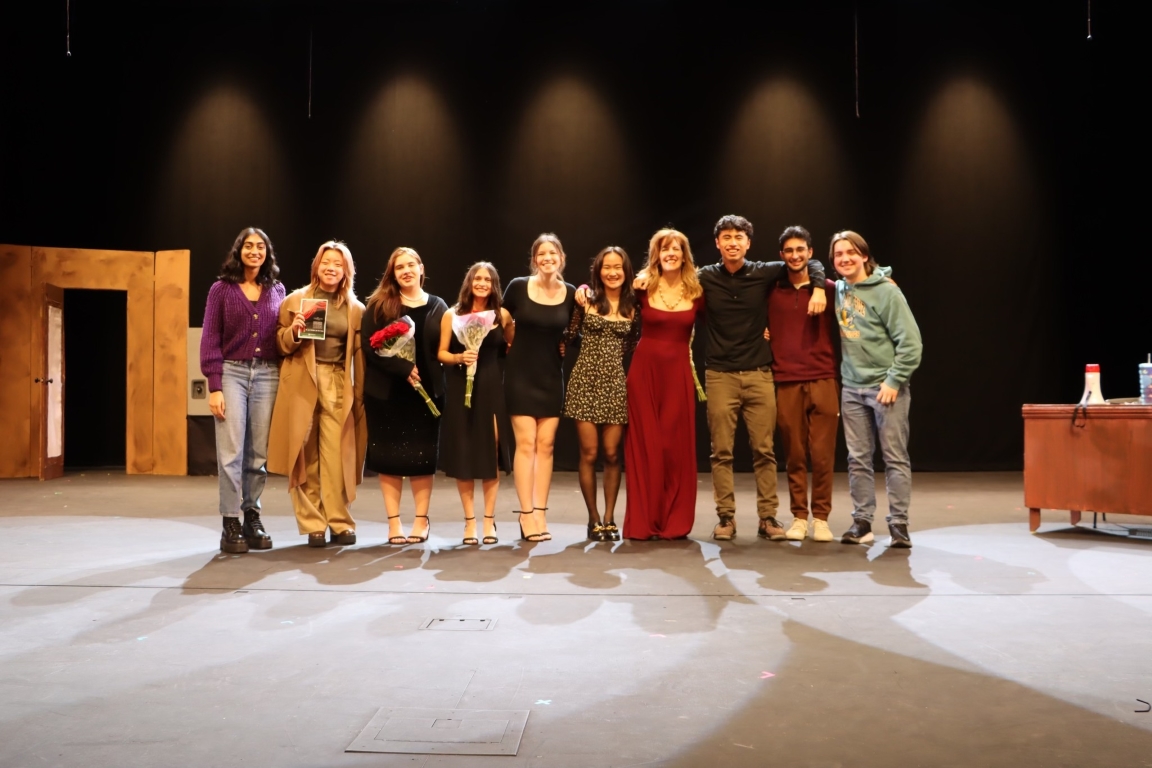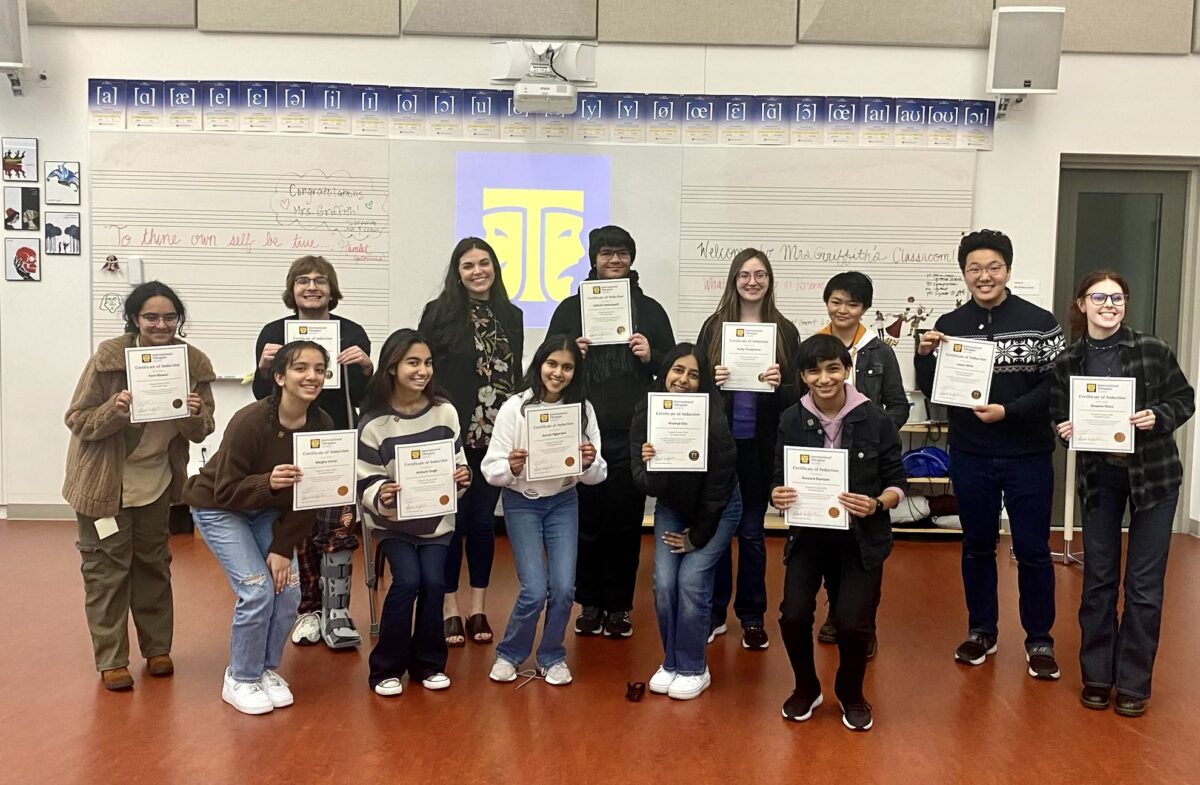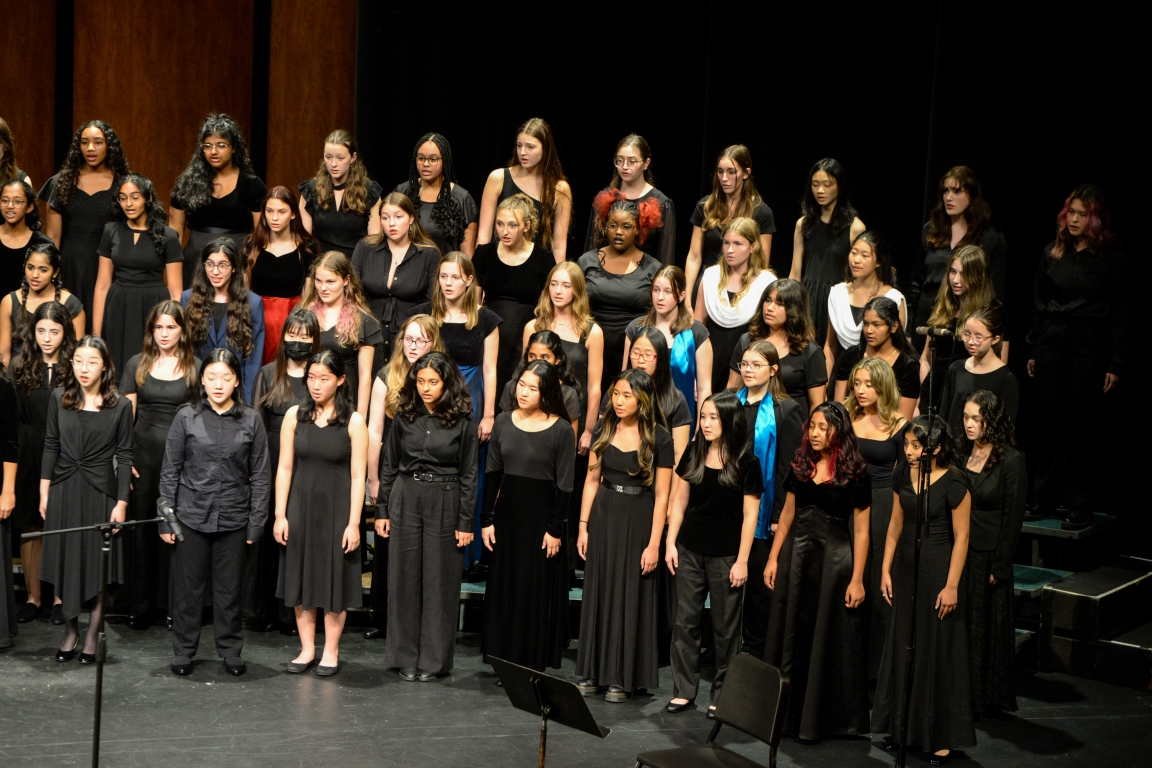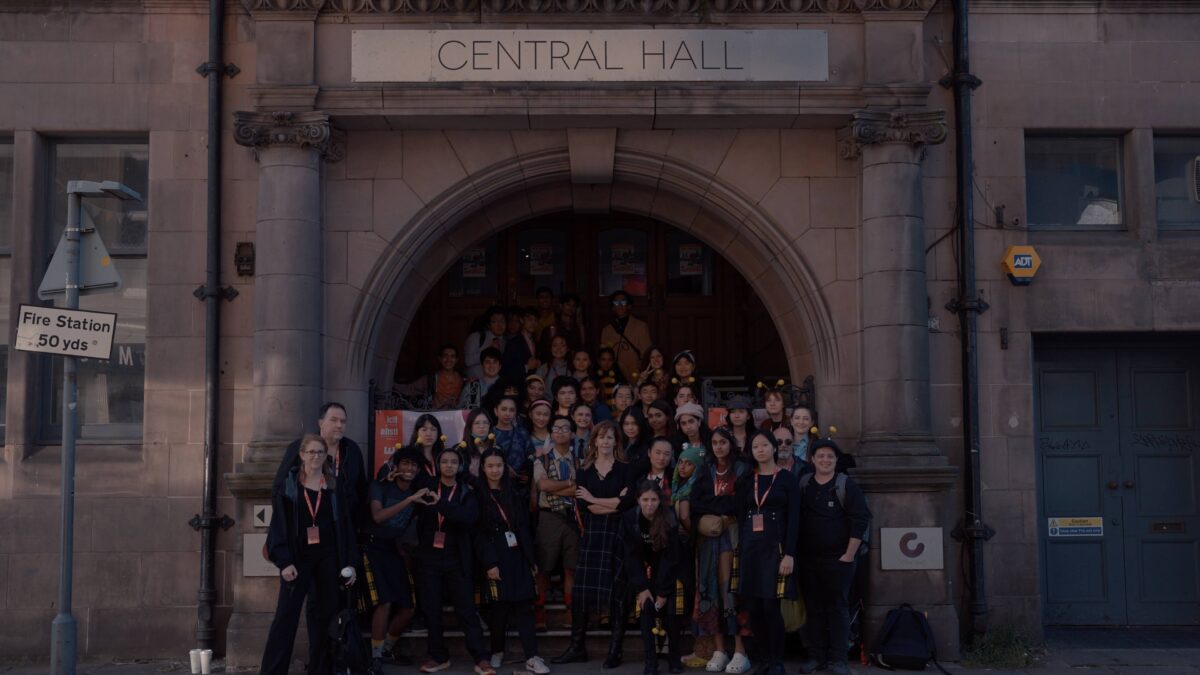A piece composed by upper school instrumental music teacher Jaco Wong was performed in late March by the New World Symphony in Miami.
Performing Arts
“The Wedding Singer” nominated for three Rita Moreno Awards
“The Wedding Singer,” the 2024 upper school spring musical has been nominated for three Rita Moreno Awards.
Jazz band attends Essentially Ellington festival, two students take home awards
During the February break, the upper school jazz band traveled to Orlando, Fla. with music teachers Dave Hart and Jaco Wong to participate in the Essentially Ellington Festival.
Adi Parige ’11 wins Jury Short Film Award at Alameda Int’l Film Festival
Parige received the award for “The Lascar,” a short film he wrote and directed in New Zealand.
Dav Yendler ’03 named 2024 Life in the Arts recipient
Dav Yendler ’03, a graduate of the Harker Conservatory with a certificate in theater, has been named as the next recipient of the conservatory’s Life in the Arts award.
Two more Harker students set to perform at Carnegie Hall
Two more students – both members of the Harker Orchestra – are set to perform at Carnegie Hall later this year after winning music competitions.
Students deliver another successful Student Directed Showcase, visited by alums
This past weekend, the Harker Conservatory presented the 2024 Student Directed Showcase, which featured a series of four one-act plays produced and directed by Harker students.
15 students inducted into International Thespian Society
15 Harker students were recently inducted into the International Thespian Society, an honors society for middle and high school theater students.
Four students perform with California Coastal Honor Choir
In November, four upper school students performed as members of the California Coastal Honor Choir.
Spring musical cast and crew perform to sell-out crowds at Fringe
Over the summer, the cast and crew of the spring 2023 upper school musical traveled to Scotland to perform at the Edinburgh Festival Fringe, the world’s largest arts festival.
